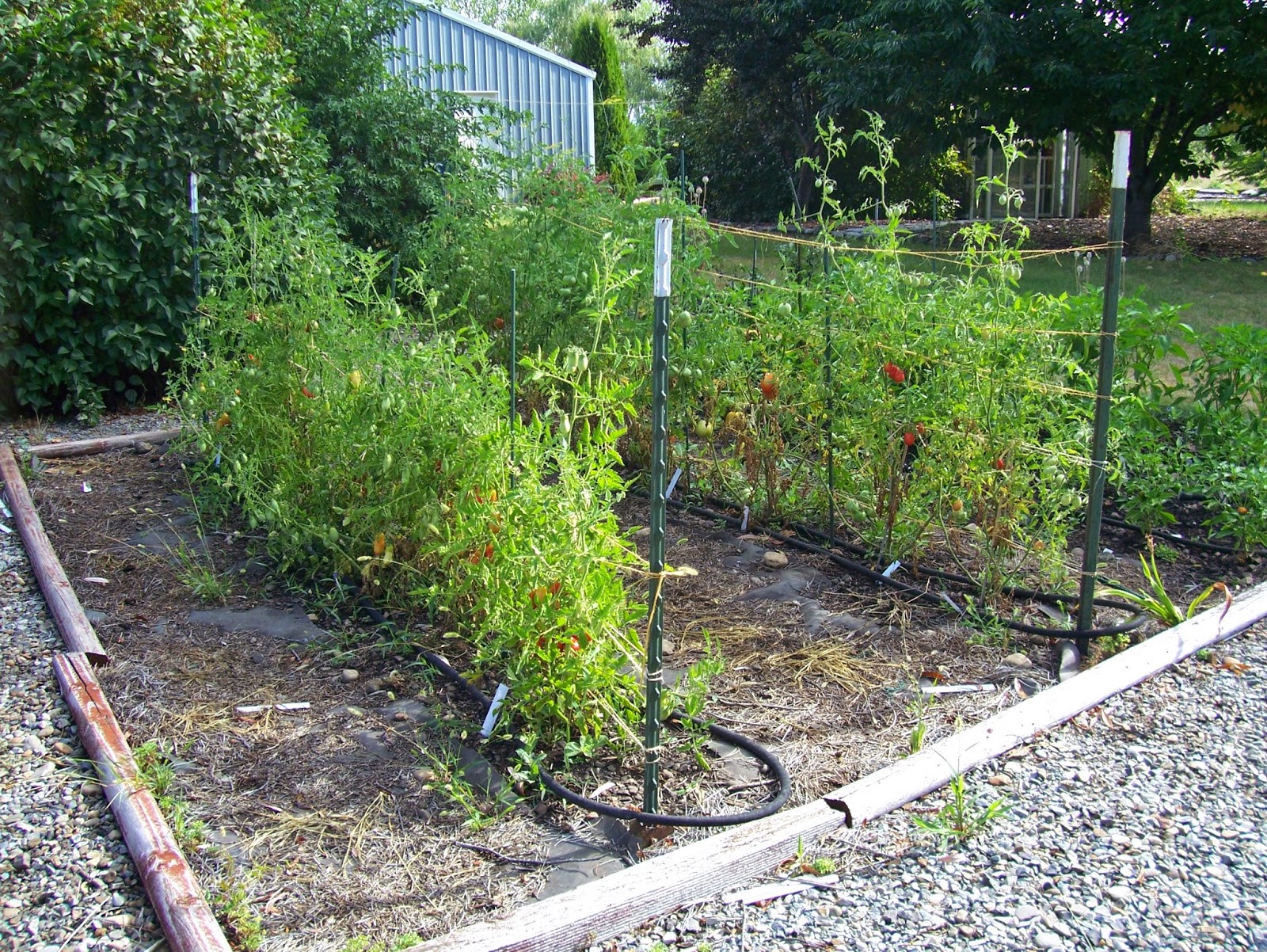(NB - this should have been posted hours ago, but a transformer close to our house blew, sounding much like a small bomb, and our electricity has been down.)
For Kathleen, my gentle-souled friend who blogs at My Daily Musing (and anyone else who is as sick of politics and the ongoing general mayhem as I am.)
But quickly - an observation about the goings on in Ferguson, MO.
As of the census of 2010, the population of Ferguson was 21,203. The percentage of people who identified as black was 67.4% (I believe it's higher now.) The number of blacksprotestingrioting is about one to two hundred. If I've done my math correctly (always a concern) the blacks number about 14,240 of the overall population. If 100 blacks are rioting, that means that 14,140 of them are not rioting.
In addition, using the total figure from the 2010 census, if the population is 21,203 and only one to two hundred are rioting, that means that 21,000 people of whatever race are not rioting.
Let's go a step further. If the population consisting of the non-rioters is approximately 21,000, how is it that one to two hundred people are holding this town hostage?
Now it seems the governor of Missouri has declared a state of emergency and enacted a curfew, because people that loot are going to respect a curfew? It reminds me of the time many, many years ago when they changed the closing time of the liquor stores in St. Paul, Minnesota from 10pm to 9pm, because most robberies of liquor stores happened between 9 and 10pm. No, I'm not kidding. That's what passes for logical thinking in libtard land.
I ask again, why are 21,000 people being held hostage by one or two hundred people? And why are the police standing around letting them loot? Seems we've gone from one extreme to the other.
Any thoughts on this?Onward:
Last week, I canned my first chicken. I used the hot pack method which entails pre-cooking the chicken until it's not quite cooked completely, and then packing it into the jars hot. I had approximately 10 lbs of chicken breasts. It filled 6 quarts. The processing time was 90 minutes, which seems like an eternity when you have to repeatedly check the gauge to make sure proper pressure is maintained.
It also made a big mess in the kitchen with the extra pots and such, and made the chicken look all stringy.
The store had another sale on chicken breasts this week for $1.77 per lb, which was even cheaper than the last sale.
These chicken breasts were nicer in appearance than the bagged ones and after considerable research, I decided to raw pack the chicken. I cut it up in chunks, crammed it raw into pint jars, and added a smidgen of canning salt and a dab of Better Than Bouillon. No liquid is added, as the chicken will make its own broth. How cool is that?
Processing time for pints was 75 minutes. I ended up with 9 pints of chicken.
I'll never hot pack chicken again.
This time I made sure I had something to occupy my time in the kitchen during processing. I made a batch of gazpacho for dinner, and the 75 minutes of processing didn't seem like a prison sentence.
While the pressure canner was cooling, I put together a batch of zucchini garlic dills to be water bath canned.

While they were processing, I prepared more banana peppers for canning. Someone remind me next year not to plant so many pepper plants!
Aren't these purple jalapenos pretty? They'll be even prettier stuffed with cheese, wrapped in bacon, and cooked on the grill. I also chopped some up for the gazpacho.
Next up to can: The San Marzano tomatoes - the absolute gold standard for paste tomatoes. San Marzano is an heirloom variety that doesn't have a very pretty bush, but produces like crazy.
I use the Florida weave method for staking my tomatoes because as you can see in the pepper picture, our soil has lots of rocks. Ever try to shove a tomato cage into rocky soil?
A note about cleanliness in the kitchen:
Bleach is your friend.
Use it.
Cutting boards, counters, sink, dish drainer, and utensils.
Wash your hands often and well - particularly when handling stuff like chicken - or you can wear disposable latex gloves.
After dealing with the chicken, everything in my kitchen was swabbed or soaked in a Clorox solution.
To close we must have our obligatory kitteh picture.



.JPG)






No comments:
Post a Comment